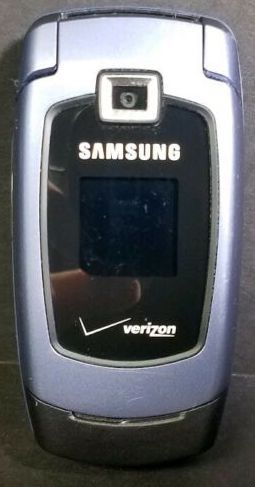The FCC last week issued a Report and Order eliminating prior rules (section 73.3556) that kept co-owned stations from broadcasting the same programming on both their AM and FM stations simultaneously. It was a rule intended in 1964 to begin pushing broadcasters to have more “voices” in a given community.

However, the competitive climate of broadcasting has changed. There are infinitely more voices in a a given community due to the introduction of cable, satellite, HD subchannels, and now internet broadcasting. AM broadcasting struggles now with NRSC bandwidth limits, lack of stereo, electrical noise, and all that competition from better sounding sources.
The FCC R & O said that simulcasting will facilitate AM stations transition to digital broadcasting by allowing them to simulcast on FM or other AM stations until they can stand on their own feet as AM digital radios become more common. AM digital, when well implemented, can fill in gaps in rough terrain and cover longer distances.
The rule also allows duplication of FM programming even when coverage contours overlap. For example, a major ownership group could create a network of stations in adjacent markets that all have the same programming 24 hours per day much like EMF’s “K-Love” and “Air1” formats.
The change takes effect immediately.


